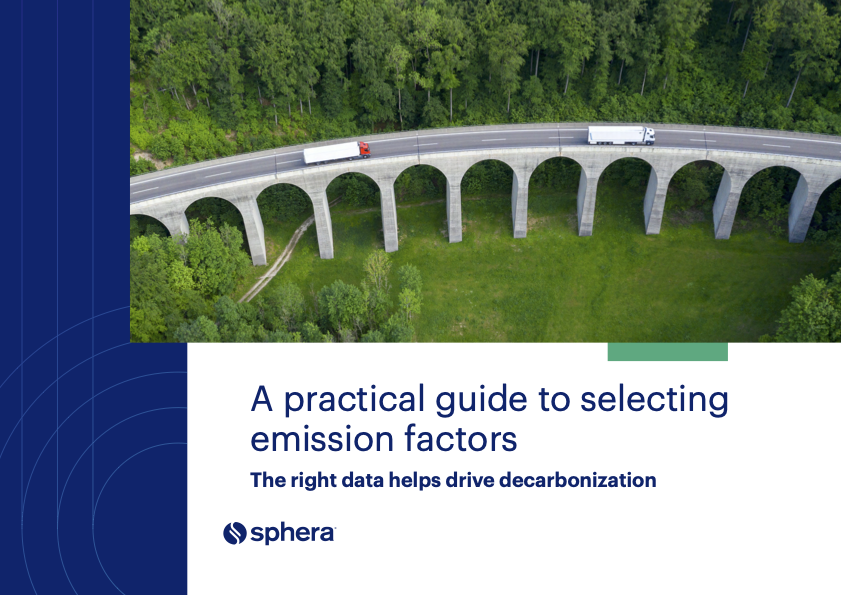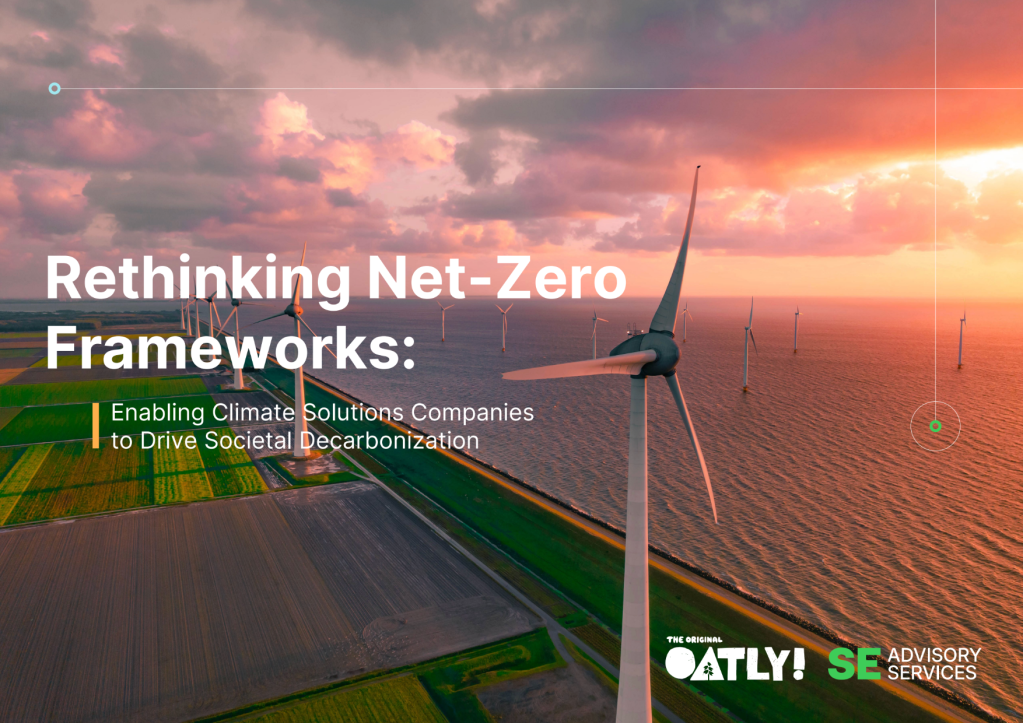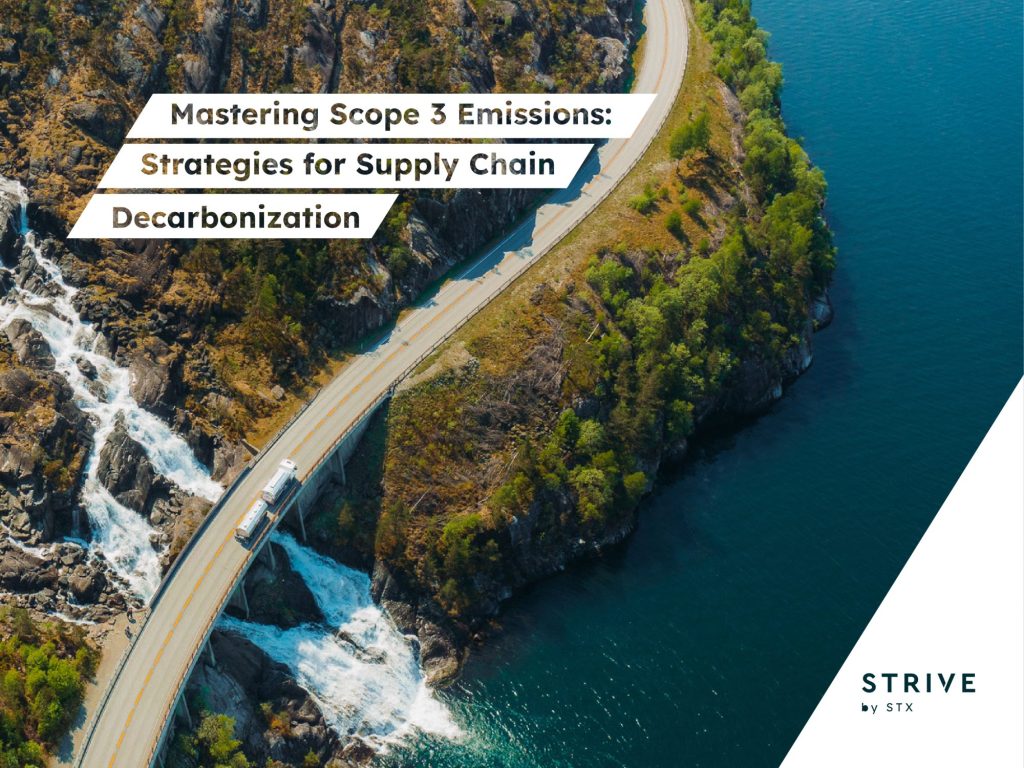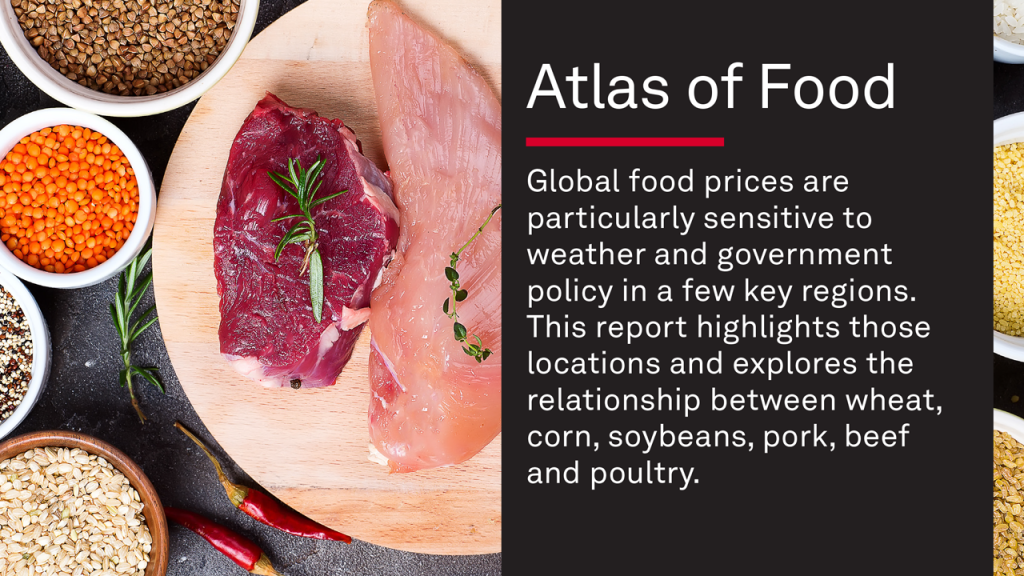SBTi drops latest net-zero draft: What’s new
The leading standard-setter for the net-zero transition is offering companies more flexibility on meeting targets — and moving to require action on ongoing emissions. Read More

- Significant updates include clarity on how to meet targets and mandatory climate transition plans.
- Companies have until Dec. 8 to offer input on this round of revisions.
- Under the current timeline, the new edition will be published next year and become mandatory in 2028.
The Science Based Targets initiative (SBTi) has published a 97-page draft of its next Corporate Net-Zero Standard that recognizes companies for climate finance and carbon removal investments, provides clearer guidance on Scope 2 and 3 commitments and prescribes what should be included in climate transition plans.
These and other revisions to version 2.0 of the guidance are based on feedback from more than 850 stakeholders on the previous mid-March draft. SBTI is seeking another round of comments before Dec. 8.
“Further input on this draft is crucial to ensuring that the finalized Corporate Net-Zero Standard is practical, credible and robust — helping businesses worldwide accelerate the net-zero transition,” said Alberto Carrillo Pineda, chief technical officer at SBTi, in a prepared statement.
Close to 12,000 companies use SBTi rules to set climate targets; about 2,200 have validated commitments to become net zero by 2050 or sooner and 2,800 are in the process of setting them.
More than three-quarters of companies with net-zero targets said the commitments have improved investor confidence, according to an SBTi report published Nov. 3. But some big-name companies have backed away from the framework in favor of other approaches as the net-zero revisions play out.
New recognition option
Until now, the SBTi has largely focused on guiding companies toward emissions targets. One of the biggest changes in the draft published Nov. 6 is a broadening of its remit to include instructions on how companies should take responsibility for greenhouse gases emitted during the transition to net zero. The guidelines will be voluntary for now, becoming mandatory in 2035.
During the voluntary period, companies can opt into one of two levels of responsibility: “Recognized” and “Leadership.”
Businesses that address 1 percent or more of ongoing emissions — an intentionally low threshold designed to encourage participation — can earn the first designation.
To qualify for “Leadership,” large companies must levy a carbon price of at least $80 per metric ton of carbon dioxide equivalent (tCO2e) on 100 percent of ongoing emissions, and use the proceeds to fund mitigation activities equivalent to at least 40 percent of those emissions.
Eligible activities for both tiers of responsibility include purchases of credits from projects that avoid emissions and remove carbon from the atmosphere.
The initial proposal for the 2035 mandatory rules, which will be consulted on and finalized in the next version of the standard, requires companies to take responsibility for an as-yet undefined percentage of their ongoing emissions, with the fraction ramping up to 100 percent by 2050. Only removal projects are eligible for mitigation and use of more durable solutions, such as geological storage of CO2, will increase toward 2050.
Scope 3 clarity
Many companies have asked SBTi for more flexibility in addressing Scope 3 emissions — and the organization has listened. Ideas floated as options in the previous draft have been expanded into detailed instructions, including rules for addressing Scope 3 categories.
Targets for emissions from purchased commodities, for example, can now be based on an emissions intensity metric, such as tons of CO2e per unit of steel or wheat. Alternatively, companies can commit to buying 95 percent of a commodity from suppliers committed to reaching net zero by 2050.
For companies unable to source enough of a low-carbon product, or that cannot trace such purchases back through a supply chain, SBTi will allow use of environmental attribute certificates, also known in this context as “insets.”
This will enable companies to invest in mitigation projects within their value chain and deduct the emissions savings from their Scope 3 inventories, even if there is no direct connection between the project and the company’s purchases. The draft references the AIM Platform, an initiative backed by H&M Group, Netflix and others that is developing more detailed rules for such investments.
Moving target: Scope 2 changes
The revision also includes new proposals and modifications related to the Scope 2 emissions category, which covers the impact of energy and electricity purchased by companies for their operations.
One example: It now references “low-carbon” electricity and energy, rather than “zero-emissions” or “zero-carbon” sources, as was the case in the first draft. This will allow companies that use natural gas abated with carbon capture to get credit for doing so.
The additions acknowledge a forthcoming carbon accounting rule update by the Greenhouse Gas Protocol that will make it more complicated for companies to claim reductions related to this category. The endgame here is to get companies to set targets that increase their usage of low-carbon electricity — either through direct consumption or renewable energy certificates — to 100 percent by 2040.
Transition plans and progress reports
The updated guidance requires “Category A” companies — large corporations with $450 million-plus in annual revenue or 1,000 employees; or midsize businesses in established economies with more than $25 million on their balance sheet, annual sales of at least $50 million and more than 250 staffers — to publish a climate transition plan. For small and midsize companies from developing nations, which fall into Category B, this is optional.
SBTi expects these plans to outline a phasing out of unabated fossil fuels and to outline specific measures for energy efficiency, switching fuels and replacing high-emitting equipment or inputs with low-carbon alternatives.
Companies also need to publish information about external factors or dependencies that could affect that roadmap. And they’re required to include estimates about what the transition will cost and how the company intends to finance it.
Climate transition plans must be reviewed every five years and updated as necessary. SBTi expects companies to publish annual reports about progress toward validated targets and to request revalidation before the usual five-year mark if warranted — for example, in the case of a merger or acquisition. The organization hints it will conduct “spot checks” on companies that aren’t acting quickly enough to adjust commitments in the face of slow progress.
Updated transition timeline
The revision for the Corporate Net-Zero Standard update is required under SBTi’s governance, but the overhaul was delayed amid controversy in summer 2024 over the organization’s stance on the use of environmental attribute certificates, such as carbon credits, to make emissions reduction claims.
More than 320 companies have pilot-tested the new net-zero methodology, and a second phase that includes 50 companies will run through early December concurrent with the public consultation period for the updated draft.
The final draft of Corporate Net-Zero Standard version 2.0 is due in 2026, potentially in the spring. Companies will be encouraged to use that framework after it’s published, but doing so won’t become mandatory until Jan. 1, 2028.
Newcomers can set commitments using the current edition through 2027, and SBTi is encouraging them not to wait “as efforts undertaken under version 1.3 will continue to be relevant and provide a strong foundation for future alignment.”

Subscribe to Trellis Briefing
Featured Reports

The Premier Event for Sustainable Business Leaders
















